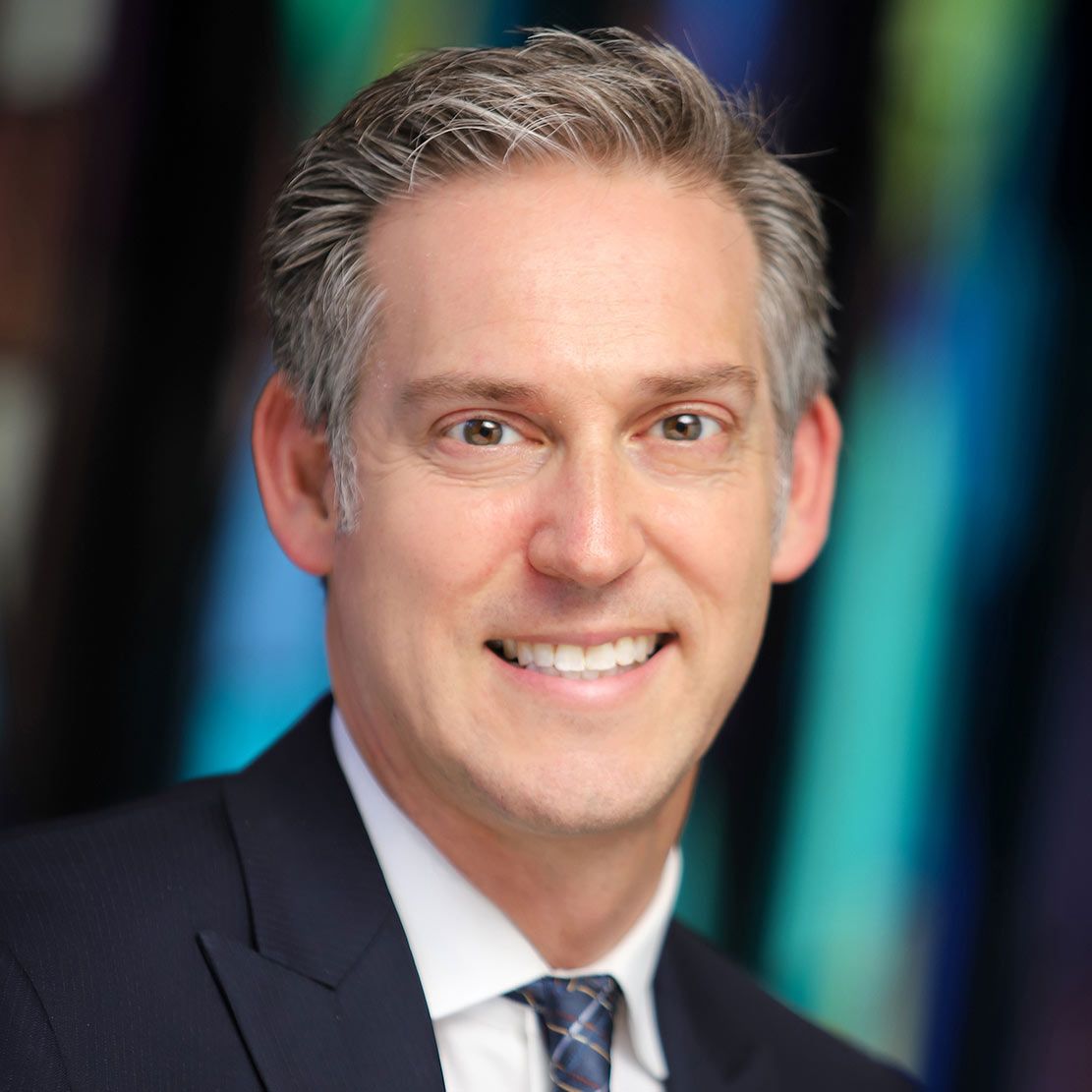
Rabbi Sherman - Honorable Mensch-ion
December 27, 2024
I have lit the Chanukah candles in places all around the world. I have recited the blessings in Jerusalem and Eilat, New York and Los Angeles, in my home and in hotels.
December 20, 2024
At the end of each calendar year, the Sinai Temple staff gathers for a festive lunch. Each individual is recognized as being part of this sacred team that brings light to our community. Beyond the formal thanks yous, there is also an interactive piece. This year, we played “White Elephant.” Each person brought a small gift to the table. One by one, you choose a gift from the table, and if you like a gift that has already been taken, you can “steal” it from another person, and that person chooses a new gift. It was a fascinating experience. At first, the participants were timid to take a gift from someone else. Yet, as the game unfolded, it became more comfortable to take what you wanted and not what you were given.
December 13, 2024
The Torah tells us that Jacob came in peace into the city of Shechem. The Talmud elaborates that when Jacob entered the city, he instituted something for the welfare of the city. Rav said he minted coins. Shemuel said he established markets. Rabbi Yochanan said he set up bathhouses. The Midrash explains that whenever we benefit from a place, we must show our gratitude by doing something for its welfare.
December 6, 2024
While Jacob dreams of a ladder leading to heaven, he recognizes that he is in a sacred place. The midrash explains that the Temple Mount was uprooted and brought to Jacob in order that he could pray there. This short teaching gives us permission to open the gates of prayer wherever we may find ourselves. The Talmud explains that Abraham called the Temple a mountain, Isaac called it a field, and Jacob called it a house.
December 2, 2024
A question is often asked if acts of kindness should be publicized or anonymous. While both paths have value, our ancestor Rivka performs a small act that gives us insight into how publicizing kindness can be contagious. When Eliezer, Abraham’s servant, goes to search for a wife for Isaac, he sees Rivka carrying a pitcher of water upon her shoulder.
November 22, 2024
A question is often asked if acts of kindness should be publicized or anonymous. While both paths have value, our ancestor Rivka performs a small act that gives us insight into how publicizing kindness can be contagious. When Eliezer, Abraham’s servant, goes to search for a wife for Isaac, he sees Rivka carrying a pitcher of water upon her shoulder.
November 15, 2024
I write to you from Dallas, TX at the JNF-USA Global Conference for Israel where 30 of our David and Angella Nazarian Fellows and 30 of our Flesh Family Sinai Temple Israel Center Rabbinical Fellows have gathered among thousands for a Shabbat full of Israel inspiration.
Israel, Antisemitism, and Sports
November 8, 2024
For the last three years, I have hosted the podcast, Rabbi On The Sidelines, speaking about the intersection of sports and faith with athletes, coaches, team owners, and fans.
November 1, 2024
There is a Yiddish expression that says, a tzaddik in peltz, a righteous person wrapped in a fur coat. There are two choices when we are cold. We can build a fire and make everyone warm, or we can wrap ourselves in a warm coat, and leave everyone remaining to shiver.
October 23, 2024
Tonight begins the final evenings of the Sukkot Holiday. As we are supposed to be at our moment of utmost joy, zman simchateinu, we have now reached the yahrzeit of the 1200 souls who were murdered at this moment last year. How do we hold these two opposing feelings and commands in our heart at once?

Rabbi Erez Sherman